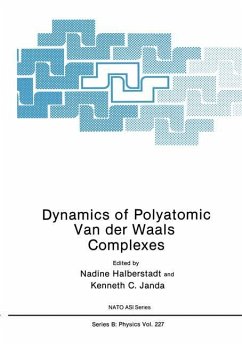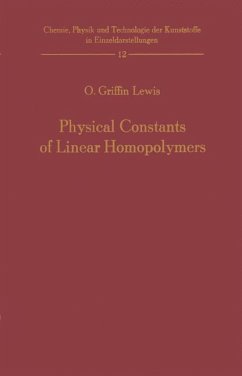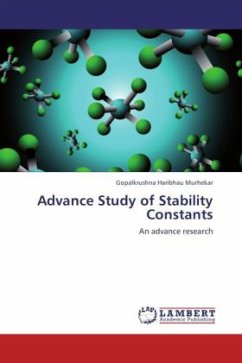
Van der Waals Constants (Data Page)
Versandkostenfrei!
Versandfertig in 6-10 Tagen
30,99 €
inkl. MwSt.

PAYBACK Punkte
15 °P sammeln!
High Quality Content by WIKIPEDIA articles! The following table lists the van der Waals constants (from the van der Waals equation) for a number of common gases and volatile liquids. Units:1 J·m3/mol2 = 1 m6·Pa/mol2 = 10 L2·bar/mol2, 1 m3/mol = 1000 L/mol The van der Waals equation is an equation of state for a fluid composed of particles that have a non-zero size and a pairwise attractive inter-particle force (such as the van der Waals force.) It was derived by Johannes Diderik van der Waals in 1873, based on a modification of the ideal gas law, who received the Nobel prize in 1910 for "hi...
High Quality Content by WIKIPEDIA articles! The following table lists the van der Waals constants (from the van der Waals equation) for a number of common gases and volatile liquids. Units:1 J·m3/mol2 = 1 m6·Pa/mol2 = 10 L2·bar/mol2, 1 m3/mol = 1000 L/mol The van der Waals equation is an equation of state for a fluid composed of particles that have a non-zero size and a pairwise attractive inter-particle force (such as the van der Waals force.) It was derived by Johannes Diderik van der Waals in 1873, based on a modification of the ideal gas law, who received the Nobel prize in 1910 for "his work on the equation of state for gases and liquids". The equation approximates the behavior of real fluids, taking into account the nonzero size of molecules and the attraction between them.












